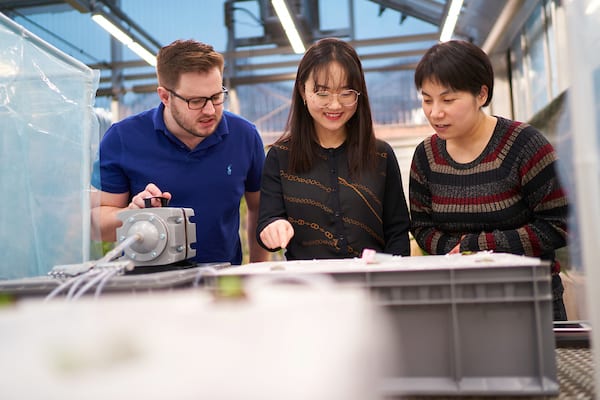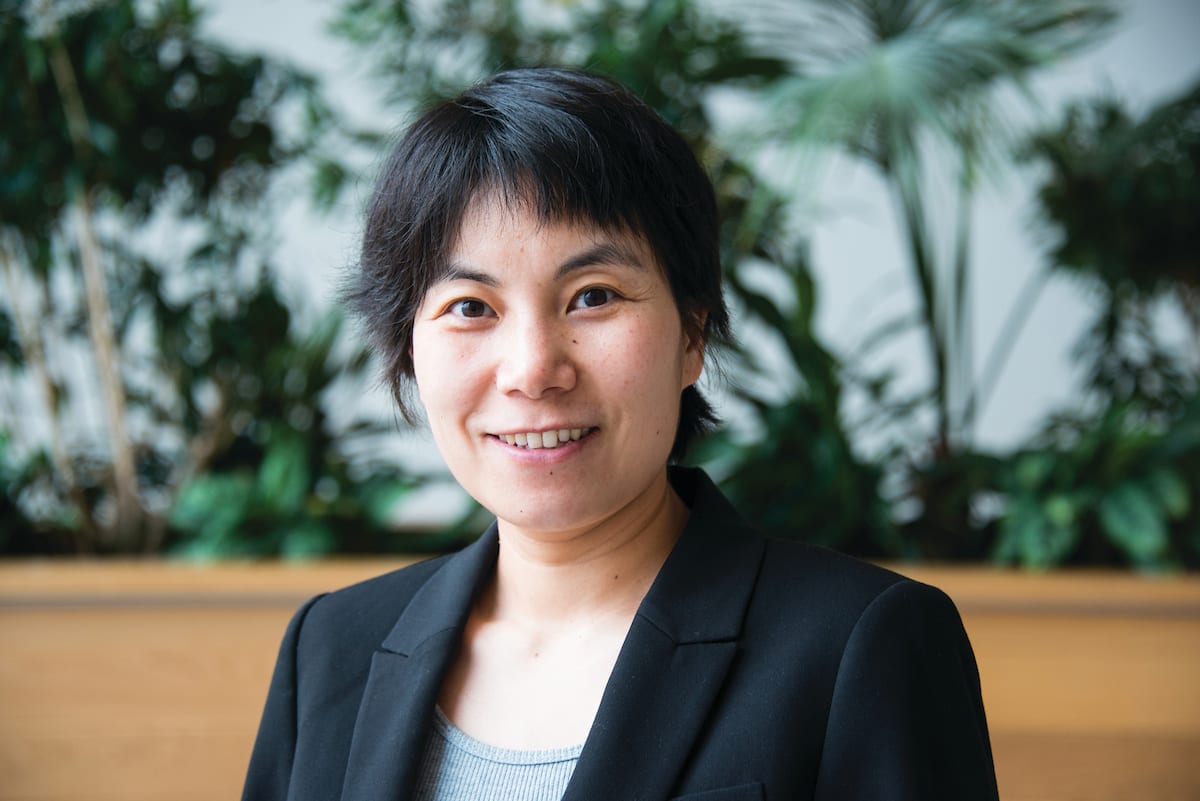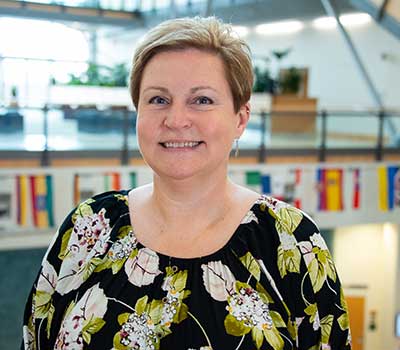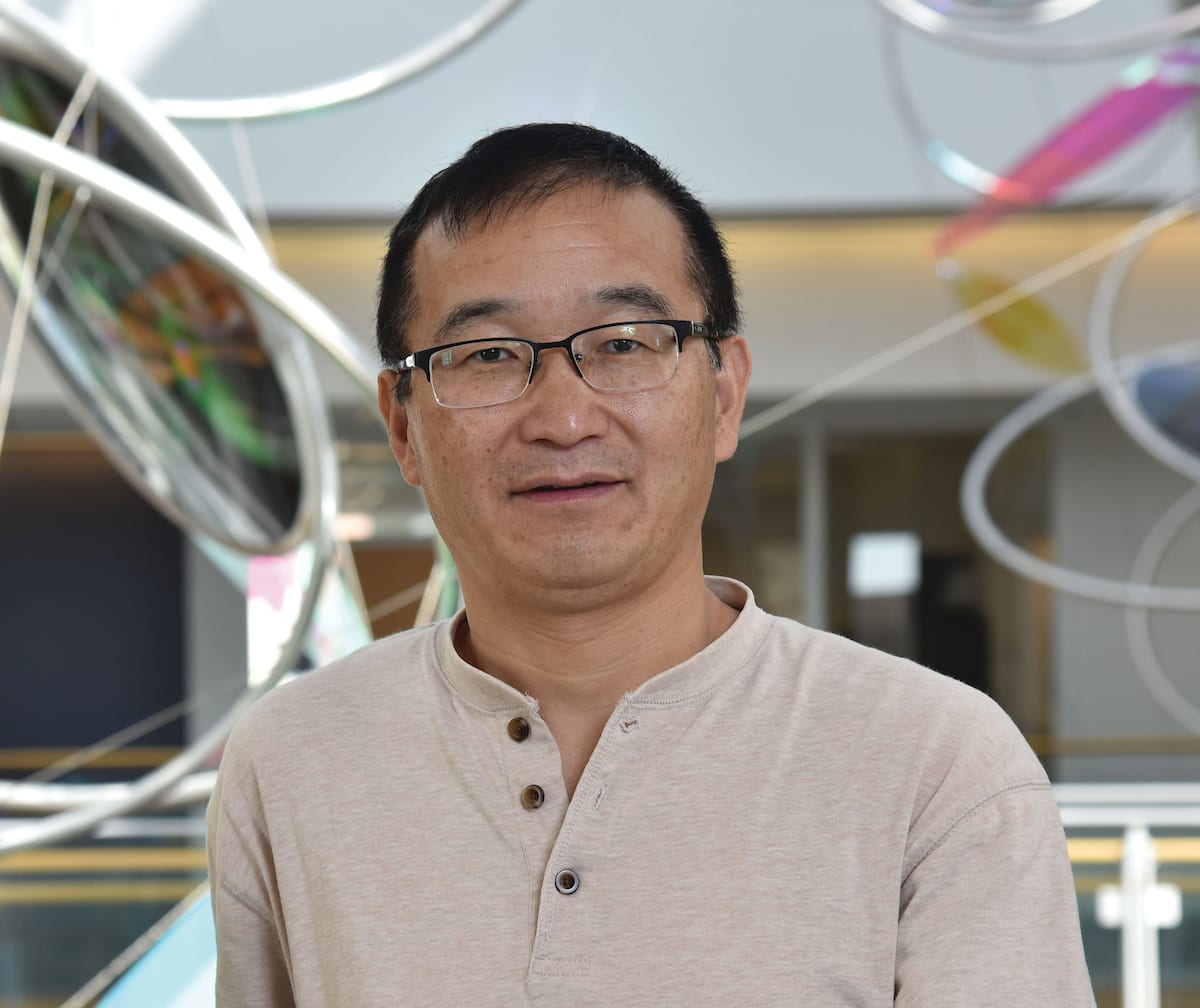It Started with a Tomato
For as long as Ru can remember, plants have been a source of joy.
She recalls golden fields of canola surrounding her hometown in China. As an undergraduate, she studied transgenic tomatoes and sought out opportunities to be in the greenhouse, “I loved the smell of tomatoes and all of the green colors. To me, taking care of my plants was like taking care of my babies.” Pursuing plant science quickly became a clear path for Ru: she could surround herself with plants while also making an impact on the future of our planet.
Swimming Photosynthesizers
Today, Ru’s lab studies green algae in order to understand how plants will respond to high temperatures. One of the plant processes that Ru’s lab focuses on is photosynthesis. Photosynthesis is how plants make food: they use sunlight to turn carbon dioxide into sugar that the cells can use as energy. It is also one of the most heat-sensitive biological processes. Her lab wants to understand how high temperatures affect photosynthesis, and which components of the photosynthetic process are most sensitive to it. If her lab’s research is successful, it would be possible to improve crops to have a greater yield potential even in a heating climate.
Land plants cannot move, but algae are the exception. Ru and her lab are currently using Chlamydomonas in their research, a type of alga that has two flagella, which are thread-like structures that allow them to swim. “They are actually very cute,” says Ru with a smile. These unicellular, swimming “photosynthesizers” serve as a great model organism to understand how photosynthetic cells respond to high temperatures.
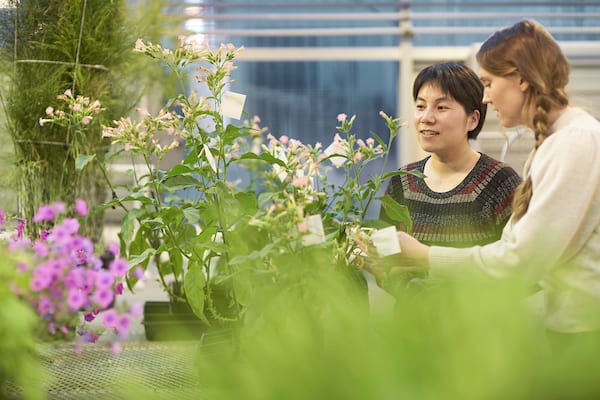
Microscopic Organisms, Huge Solutions
With a growing population and a changing climate, Ru’s work has never been more important than it is today. “Climate change is increasing the frequency and duration of damaging heat to most crops. This will affect plant growth and development, including photosynthesis, ultimately reducing crop yield. We need to make crops more heat tolerant in order to feed people.”
By 2050, we will need to double the amount of food we currently produce in order to feed nearly 10 billion people. While daunting, contributing to the solution is what motivates Ru: “I love my job because I can use my research to help solve one of the most meaningful challenges we face on our planet.” While our planet faces immense challenges, researchers like Ru are making it their mission to create a better future.
